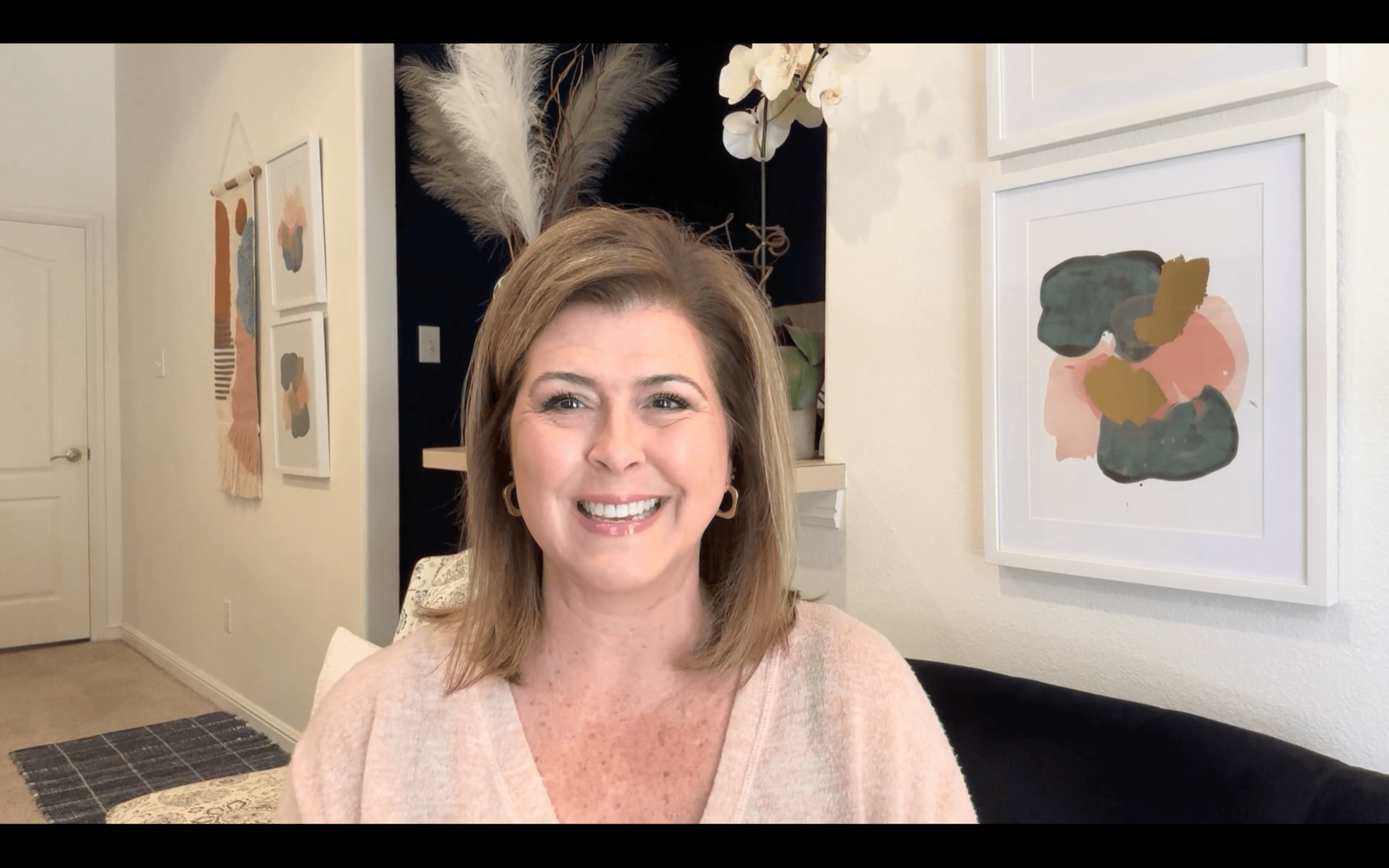Course Menu
-
Introduction
Course Outline
System Development
Understanding Fear Paralysis Reflex
Understanding Moro Reflex
Understanding Rooting Reflex
Understanding Babinski Reflex
Understanding Palmer Reflex
Understanding Spinal Galant Reflex
Understanding Tonic Labyrinthine Reflex (TLR)
Understanding Symmetrical Tonic Neck Reflex (STNR)
Understanding Asymmetrical Tonic Neck Reflex (ATNR)
-
Phase 1 Overview
Rhythmic Movement Training
Rooting Reflex Exercise
Palmar Reflex Exercise
Babinski Reflex Exercise
Spinal Galant Reflex Exercise
Moro Reflex Exercise
Optokinetic Reflex
Astronaut Training Slow
Wilbarger Brushing
Box Breathing
Hand Pulls
Meatball
Smooth Pursuits
Supine Rocking
1/2 Superman
Snow Angel
Balanced Brain ~ Thriving Child
Kim Lowack
Light-Based Brain Activation

Equipment: Flashlight on your phone
How to achieve maximum benefit of Light
- Use in conjunction with one or more other brain activations (sound, smell, color)
- Use before focused attention is needed for an activity
- Use to assist in calming anxiety - great before bed or after a full day at school or overstimulation
- Use before exercise sessions for maximum brain activation and balancing.
Frequency:
- 1-2 x daily
- 5-second hold in the peripheral vision
- 10 repetitions in the peripheral vision of the OPPOSITE EYE of hemisphere weakness
R Hemisphere weakness = Left peripheral vision
L Hemisphere weakness = Right peripheral vision
**Generally speaking these applications of light apply to the hemisphere we have identified as weaker. However, it is recommended to try both eyes and watch for reflex activation and ask the child how they feel with each side to determine best how they respond**
We have weaknesses in both sides of the brain and each system has its way of affecting us (sight, sound, smell)
Positive reactions:
- slowing of breathing
- deepening of breath (larger inhalations)
- general calming feeling in the body
Negative reactions:
- shortening or shallow breathing
- agitation with the light in the peripheral vision
- anxiousness